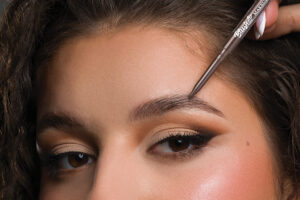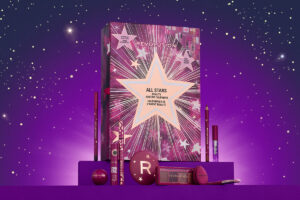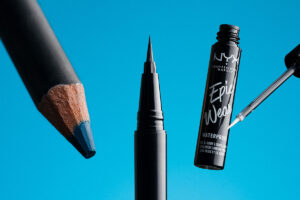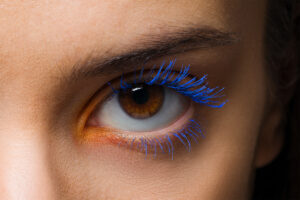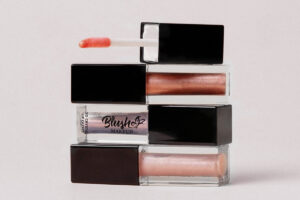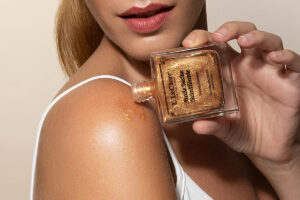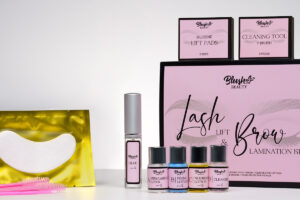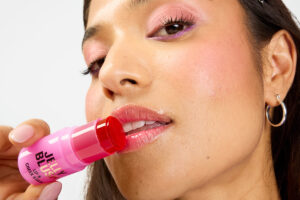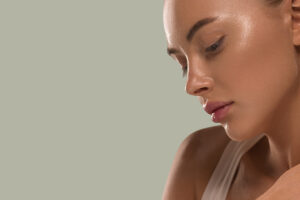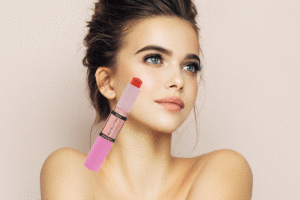In a sea of beauty products promising the perfect radiant finish, the face illuminator is one of the most confusing. At first glance, it seems familiar – shimmering, lightweight, often housed in beautiful packaging… But when it comes time to actually use it, questions arise: Is it the same as a highlighter? Exactly where should you apply it? Does it go over or under your foundation? And most importantly, is it really necessary for your everyday makeup routine?
If you’ve ever wondered what a face illuminator actually does, and whether it deserves a spot in your makeup bag – you’re not alone. The good news? Using an illuminator isn’t complicated, nor is it reserved for professional makeup artists. Read on to discover what an illuminator really is and how to use it.
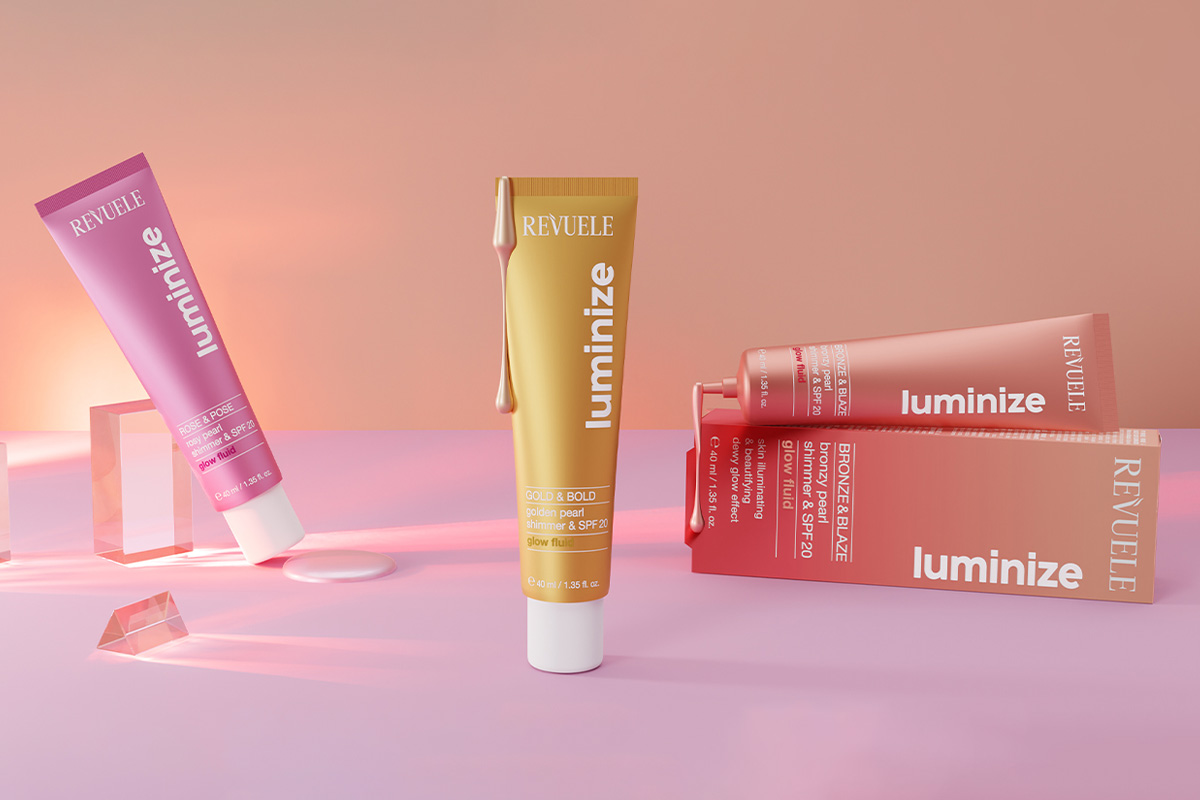
The Difference Between Highlighter and Illuminator
At first glance, highlighters and illuminators seem almost identical: both add radiance, are applied to the face and body, and shimmer in the light. In some product lines, they’re even used interchangeably. However, there are two important differences: purpose and intensity.
A highlighter is a product primarily used on targeted areas – the tops of the cheekbones, the nose, above the upper lip, and the inner corners of the eyes. Its purpose is to accentuate and emphasize specific parts of the face. It most commonly comes in powder or cream form, and its effect is intense and shimmering.
An illuminator, on the other hand, is more commonly found in liquid or cream form and is used to create a subtle, all-over glow. It can be mixed with foundation, applied underneath as a base, or even used on its own to achieve a dewy look.
How to Choose a Face Illuminator Based on Your Skin Tone
Just like with foundation or blush, it’s important to choose a face illuminator that matches your skin tone. The goal isn’t for the product to stand out from the rest of your makeup, but to blend seamlessly with your skin and give it a natural, healthy glow.
Fair Skin Tone
A fair skin tone refers to the lightest complexions, often described as porcelain, milky, or slightly pink. This type of skin can appear almost translucent and tends to show signs of fatigue or dehydration more easily. That’s why choosing the right illuminator or highlighter is especially important. It shouldn’t be too dark or too golden, but rather cool-toned – think pearly or softly pink shades.
Makeup Revolution Mood Switch Aura Trippin Pink illuminator comes in a practical tube with a liquid formula that’s easy to dispense and apply. It’s enriched with fine, light-reflecting particles that create a luminous effect. When first squeezed out, it appears almost transparent, but upon contact with the skin, it transforms into a cool, pink-toned glow with a pearly finish.
For a subtle glow, Makeup Revolution Bright Light Glow Drops Liquid Highlighter – Golden Star Dew is also a great choice. This is a perfect choice if you love a soft, radiant finish but still want it to feel light and gentle on fair skin.
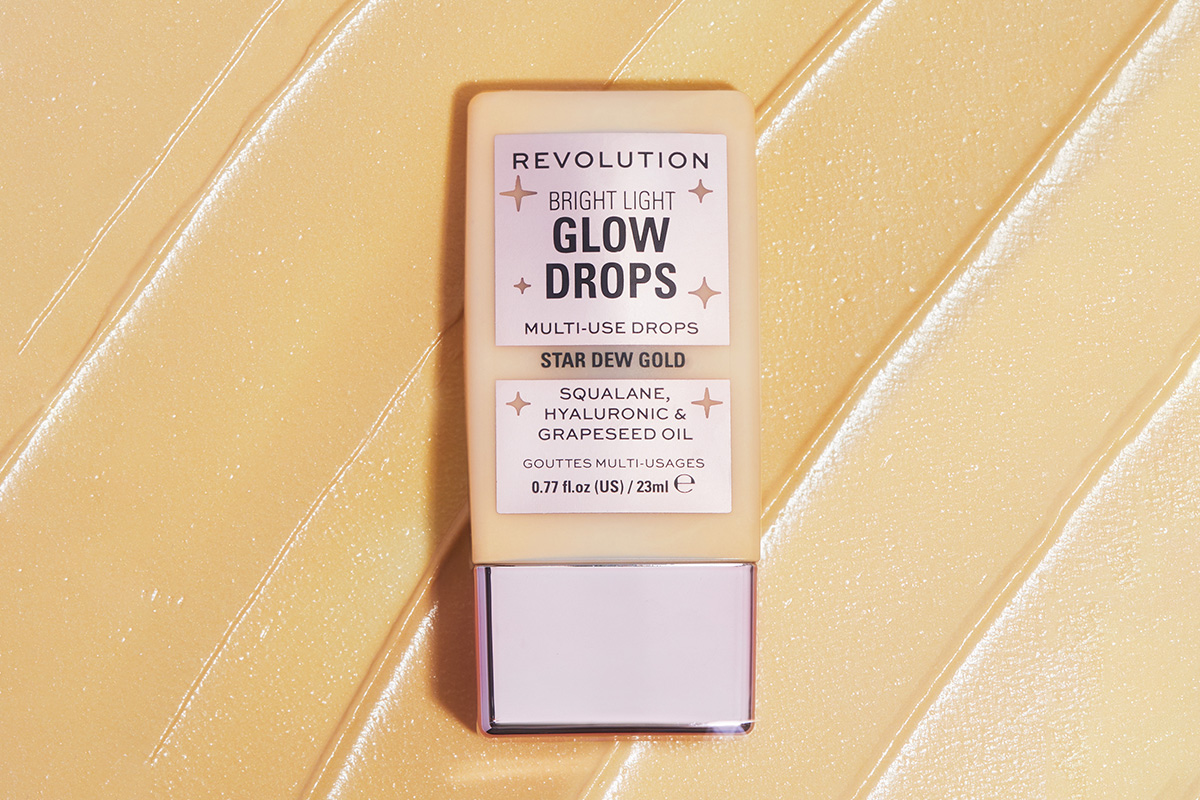
Fair to Light-Medium Skin Tone
If you have a fair to light-medium skin tone, your complexion likely has a soft beige appearance. This tone pairs well with a variety of shades – from pink and champagne to cool pearlescent hues. Choose your illuminator based on the effect you want to achieve, and keep in mind that with so many options available, it’s easy to go overboard. So, a light hand is key.
Revuele Rose & Pose Glow Fluid Shimmer SPF 20 is a perfect match for fair to light-medium skin tones, especially if you prefer a skincare-focused approach. The fluid’s lightweight texture hydrates the skin and is ideal for achieving a dewy or glass skin effect. Its shade is subtly pink with a cool pearly sheen, making it perfect for complexions with neutral or cool undertones.
Illuminator for Dark Skin Tone
A dark skin tone has beautiful depth and warmth, making it the perfect base for rich, golden, and bronze shades of illuminator. Lighter illuminators can sometimes leave a “grey” cast, whereas warm tones enhance your natural glow and add depth and dimension to the skin.
A product that will undoubtedly enhance a natural dark skin tone while looking sophisticated and glamorous is the I Heart Revolution Dragon’s Glow Liquid Highlighter. Its shade combines golden and bronze tones with fine shimmering particles that gently catch the light.
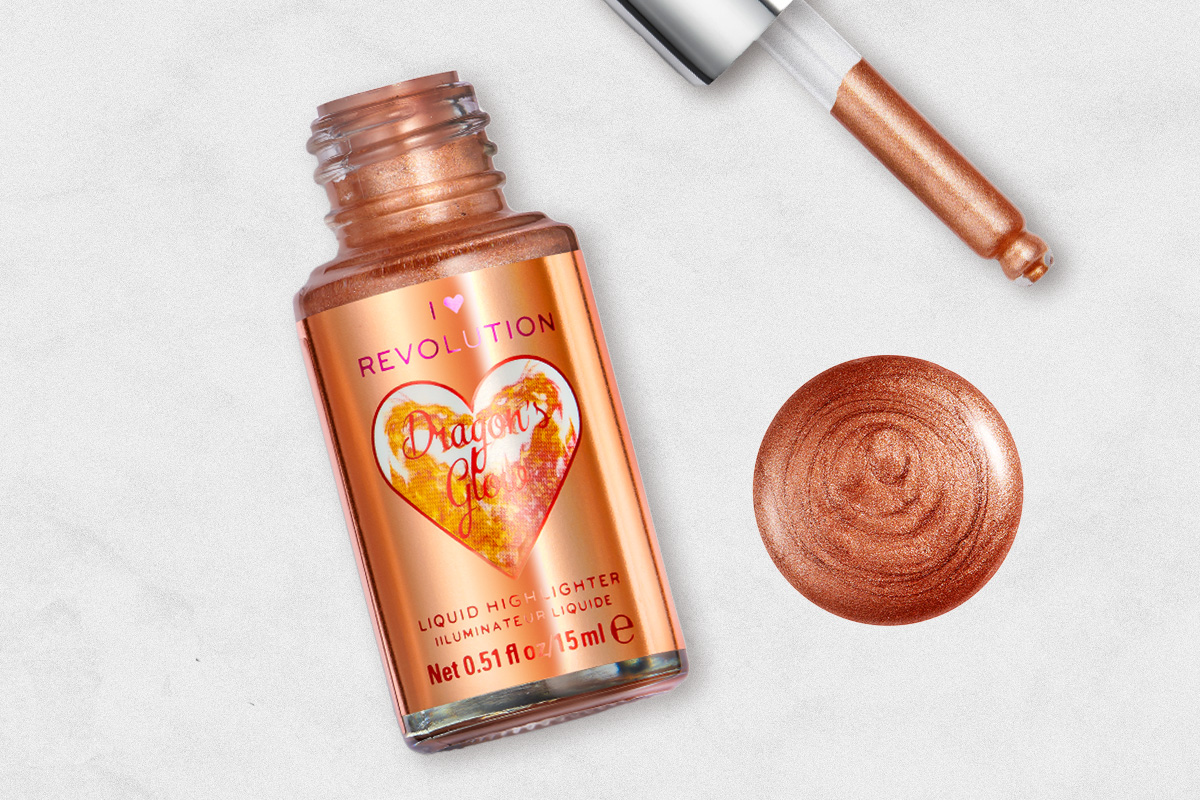
With its liquid formulation, it glides effortlessly over the skin and is easy to apply – whether directly on the tops of your cheekbones, along the nose, above the lip, or on other parts of the body. What sets it apart is that it’s richly pigmented enough to show beautifully on darker skin tones.
Olive Skin Tone
Olive skin tone has a unique quality. It carries a warm, yet slightly greenish (neutral) undertone. This skin tone is best complemented by peachy or greenish illuminators, as these shades create a balanced harmony when paired with the warm undertones of the skin.
One standout product in this category is Makeup Revolution Mermaid Scales Liquid Highlighter. Thanks to its dropper applicator, dosing is simple and precise, eliminating the risk of using too much product. Its lightweight formula delivers intense sparkle, blending seamlessly with the skin to leave a subtle glow.
A Little Tip
If you want to experiment with illuminators but aren’t sure if they’ll suit your skin tone, start by using them as:
- an eyeshadow;
- a shimmering accent in the inner corner of the eye;
- a layering base before applying powder highlighter.
How to Use Illuminator for a Glass Skin Effect
An illuminator can be used in several ways, depending on how intense you want the glow to be and how your skin is looking that day. One of the most effective tricks is to apply it as a base – right after your moisturiser and before liquid foundation. This gives the skin a subtle radiance that leaves your face looking fresh and well-rested.
Another option is to mix the illuminator with your foundation or BB cream. An illuminator can mimic the glow of healthy, well-cared-for skin – even when you haven’t had time to go through all 77 steps of your skincare routine. This is a great choice if you’re using a matte foundation and want to soften it a bit and add a natural glow. Just a drop or two is enough to give your complexion a fresh look – without feeling heavy or looking greasy.
Both methods are simple and deliver the desired glass skin effect – a radiant, naturally glowing complexion.

In most cases, the illuminator is the product that defines the entire look. Its role isn’t just to add glow. It draws attention, sets the tone, and often completes the whole story your makeup is telling. So maybe the real question isn’t which illuminator to use, but what kind of impression you want to leave.
Which part of your face do you love to highlight with an illuminator the most? Your cheekbones, nose, or under your brows…? Let us know in the comments!
